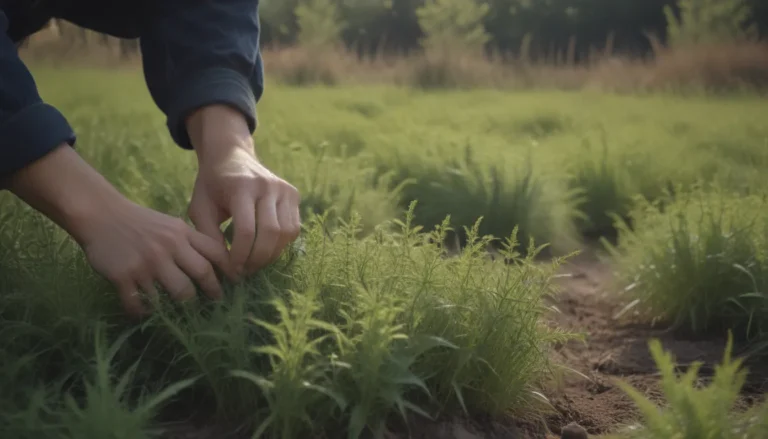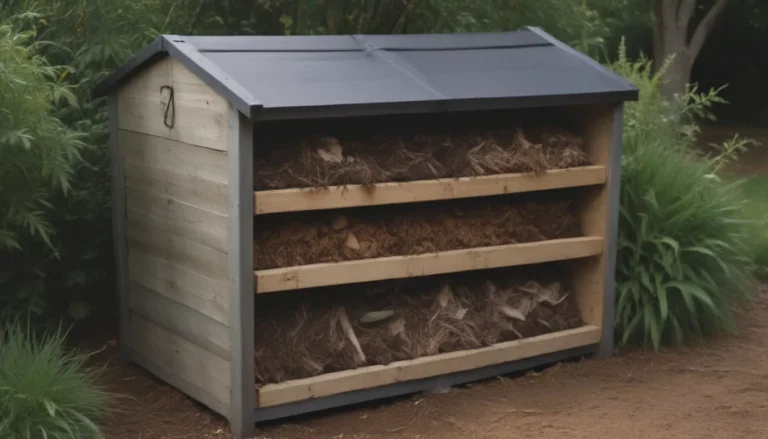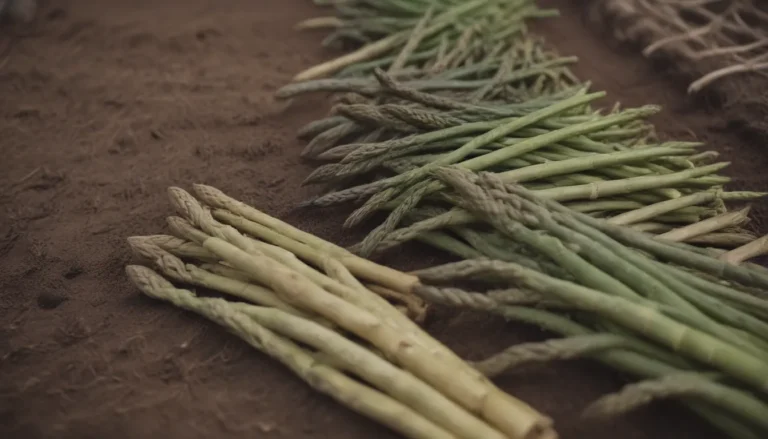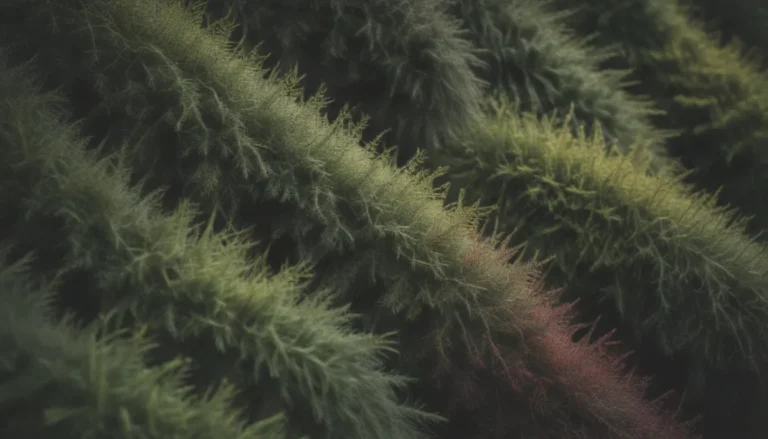Everything You Need to Know About Growing and Caring for Wild Raspberry Bushes

Are you a fan of delicious, juicy raspberries? If so, why not try your hand at growing your own wild raspberry bushes right in your backyard? There’s nothing quite like picking a fresh, ripe berry straight from the bush and enjoying its sweet, tangy flavor. In this comprehensive guide, we’ll cover everything you need to know to successfully grow and care for wild raspberry bushes, from planting to harvesting and everything in between.
Introduction to Wild Raspberry Bushes
Wild raspberry bushes, scientifically known as Rubus idaeus, are easily recognizable by their distinctive features, such as compound serrated leaflets, prickly thorns, and beautiful white blooms that eventually give way to tasty red berries. These bushes are commonly found throughout eastern North America, thriving in thickets along roadsides and trails.
Varieties of Cultivated Wild Raspberry
You can grow two main varieties of cultivated wild raspberry bushes in your backyard: summer-fruiting and everbearing. Summer-fruiting raspberry bushes produce a single crop of berries during the summer, while everbearing bushes produce berries continuously throughout the summer and into the fall.
How to Plant Wild Raspberry Bushes
When to Plant
The best time to plant wild raspberry bushes is in early spring, after the last frost, when the soil is workable. Healthy raspberry bushes can grow up to three to nine feet tall and wide, with ripe fruit typically appearing either at the end of the season or in the second year of growth, depending on the variety.
Selecting a Planting Site
Wild red raspberry bushes thrive in fertile, well-drained, slightly acidic soil that receives ample sunlight and partial shade. Choose a planting site that meets these conditions to ensure your bushes grow and produce abundant fruit.
Spacing, Depth, and Support
Proper spacing is essential when planting wild raspberry bushes, as these plants tend to spread rapidly. Aim for a spacing of 3 to 5 feet between bushes and 6 to 8 feet between rows. Additionally, consider providing support, such as a trellis or support pole, to help the plants remain upright and prevent drooping.
Wild Raspberry Care Tips
Growing your own wild raspberries is a rewarding experience, but it requires some care and attention to ensure healthy, bountiful plants. Here are some essential care tips for wild raspberry bushes:
Light
Wild raspberry bushes thrive in sunny locations with partial shade. Aim to provide 6 to 8 hours of sunlight per day during the growing season to promote optimal growth and fruit production.
Soil
Wild red raspberry bushes prefer fertile, well-drained, slightly acidic soil with a pH of 6.0 to 6.8. Enhance poor soil conditions by adding organic materials like compost or manure before planting. Raised beds can also help improve drainage and prevent root rot.
Water
Consistent watering is crucial for wild raspberry bushes, especially during the growing season. Aim to provide about an inch of water per week through rainfall or irrigation to ensure juicy, flavorful berries.
Temperature and Humidity
Wild raspberries thrive in moderate temperatures and humidity levels, as they are native to cooler climates. Maintain summer temperatures between 70 to 75 degrees Fahrenheit for optimal growth. In warmer climates, provide morning sun and afternoon shade to regulate temperature.
Fertilizer
Raspberry bushes are heavy feeders and benefit from fertile soil. Incorporate compost and well-composted manure into the soil at planting time to improve soil structure and nutrient levels. Consider annual treatments with additional fertilizers for established and new plants.
Summer-Fruiting vs. Everbearing Varieties
Two notable varieties of wild red raspberry bushes are the summer-fruiting and everbearing types, each offering unique benefits for gardeners. Summer-fruiting bushes produce a single crop in the summer, while everbearing bushes provide two harvests in early summer and fall.
Harvesting Wild Raspberry
Harvesting wild raspberries is a delightful task that allows you to enjoy the fruits of your labor. Look for ripe, red berries in late June to early July, gently plucking them from the plant. Be sure to check each berry for insects or rot before washing and eating them.
How to Grow Wild Raspberry in Pots
If you’re limited on space but still want to grow raspberries, consider planting them in pots. Opt for a large container, about two to three feet wide and deep, to accommodate the plant’s shallow root system. Regular watering, proper drainage, and fruit-specific fertilizers are essential for container-grown raspberries.
Pruning Tips
Pruning is essential for maintaining healthy wild raspberry bushes and maximizing berry yield. Depending on the variety of raspberries you have, follow specific pruning methods to ensure optimal growth and fruit production.
Propagating Wild Raspberry
Mature wild raspberry bushes often produce suckers, or baby plants that grow away from the mother plant. These suckers can be dug up and used to start a new raspberry patch. Follow specific propagation methods to ensure successful growth and fruit production.
Common Pests and Plant Diseases
Like all plants, wild raspberry bushes are susceptible to pests and diseases that can impact plant health and berry production. Implement preventative measures, such as bird netting and natural predators, to protect your raspberries from common pests. Additionally, monitor for fungal diseases and maintain proper plant care practices to prevent issues.
Common Problems with Wild Raspberry
Untended raspberry patches can quickly become unruly, leading to poor plant performance and fruit quality. Address common issues like overcrowding, sunscald, and storage concerns to ensure healthy, productive raspberry bushes in your garden.
Conclusion
Growing and caring for wild raspberry bushes is a rewarding experience that allows you to enjoy fresh, delicious berries right from your backyard. By following these tips and best practices, you can cultivate thriving raspberry plants that produce bountiful harvests for years to come. Whether you’re a seasoned gardener or a beginner, wild raspberry bushes are a fantastic addition to any garden, providing beauty, flavor, and enjoyment for all who cultivate them.





